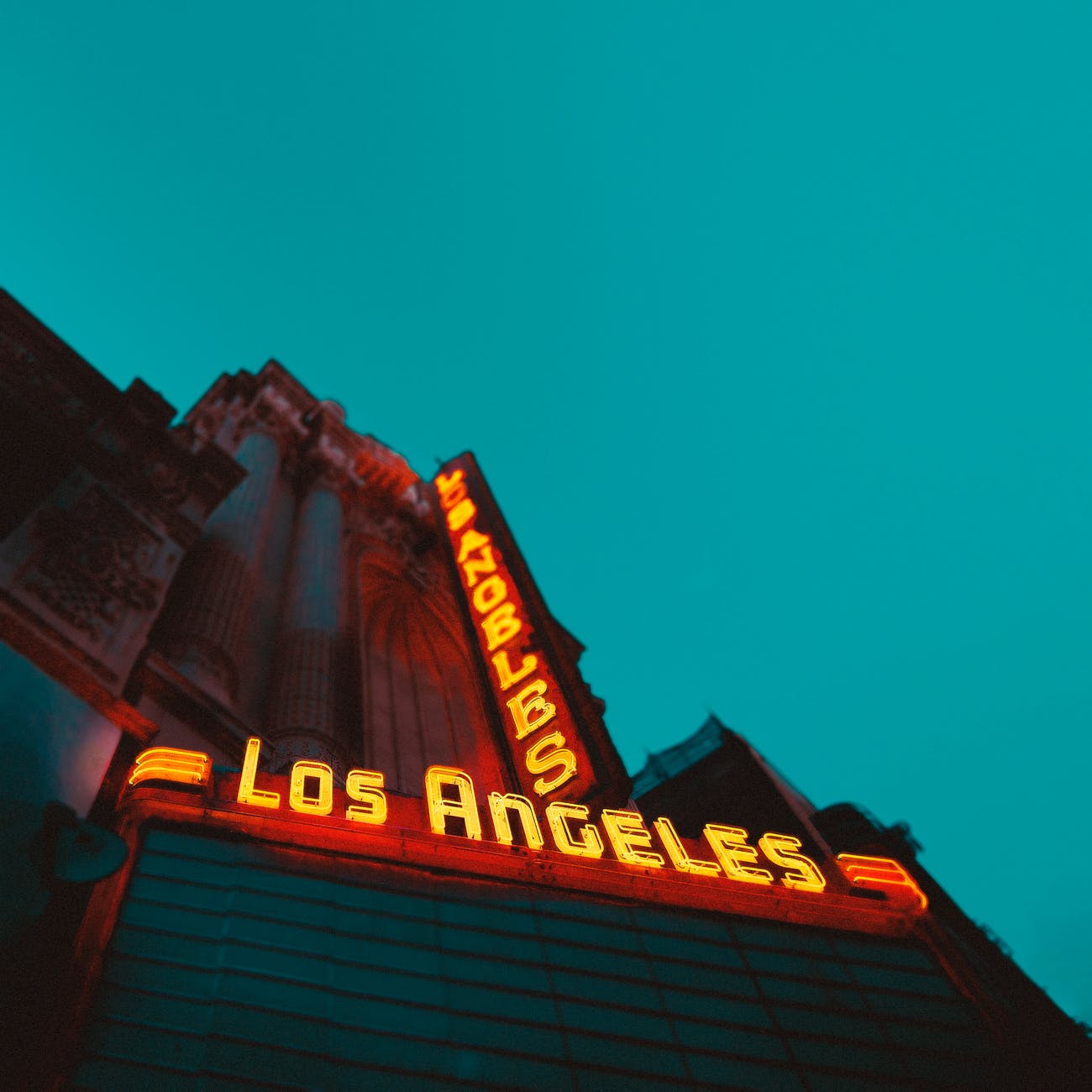L.A. Genocide
David Cole has written one of the most interesting and amusing essays of 2020. Bonus: It's about Los Angeles.

Los Angeles has always fascinated me. Among U.S. cities, it's second only to NYC in my mind.
I've only been to L.A. once, but I've read a lot about it, and L.A. stories always get a click from me, so I feel like I kind of know the place.
But not like David Cole, whose recent article in Taki Magazine about L.A. is one of the best things I've read lately. It's so good, that for the foreseeable future if I see “David Cole” anywhere, I'm going to click on the story, even if the link indicates it will go to a gay porn site.
Cole's piece is about the collapse of L.A.'s black community.
I had heard a few times that the L.A. Mexican gangs were basically perpetrating genocide on the vastly outnumbered L.A. blacks on a scale that, if whites were doing it, would've gotten the United Nations involved, but because the violence didn't fit the binary narrative, it was ignored.
Cole makes it clear that the genocide is almost complete. “L.A.'s black population has dwindled to just a few remaining areas that could realistically be called 'black communities.' It's a 'black belt' that starts south and east of the prosperous Westside and stretches farther south beyond LAX. But those communities are placeholders, destined to be either Hispanic or gentrified within the next decade. And blacks know this.”
Cole's story revolves a BLM protest against a Jewish developer who plans on renovating a run-down piece-of-s*** mall in a black community.
The concern is that, if the mall becomes nice, people are going to want to live around there. Property values will increase . . . and yet another black neighborhood will be lost to gentrification.
“Black L.A. is disintegrating because blacks are surrounded by racial and ethnic groups that adhere to very different models. The problem facing black L.A. isn't 'white supremacy.' It's that every demographic group in Southern Cal does better than blacks. Indians, Pakistanis, Filipinos, Chinese, Koreans, Vietnamese, even African blacks. Those groups have more wealth, they constitute a more vital part of the workforce, and they contribute more to the economy than black Angelenos. So as L.A.'s blacks are chased out on one end by Hispanics who conquer by sheer numbers, they're gentrified out on the other end by every other race and ethnicity in the city.”
As a result, Cole points out, the aim of the black community is to keep their neighborhoods poor, crappy, and dangerous, so blacks can continue to live there. Twisted, yes, but the inevitable result of 40 years of perverse incentives:
It's a tragic end to a uniquely and iconically American community, one that I have nothing but fond memories of as a youth attending majority-black L.A. public schools in the early 1980s. But it's a community whose leaders made a conscious decision to adopt the leftist tenets of welfare over wealth-building, open borders (because all “BIPOCS” are in it together and totally not in competition), and “don't throw 'our children' in prison even if they murder us and make our community a cancer to those who live near us” (a creed propagated by the maggot George Soros).
